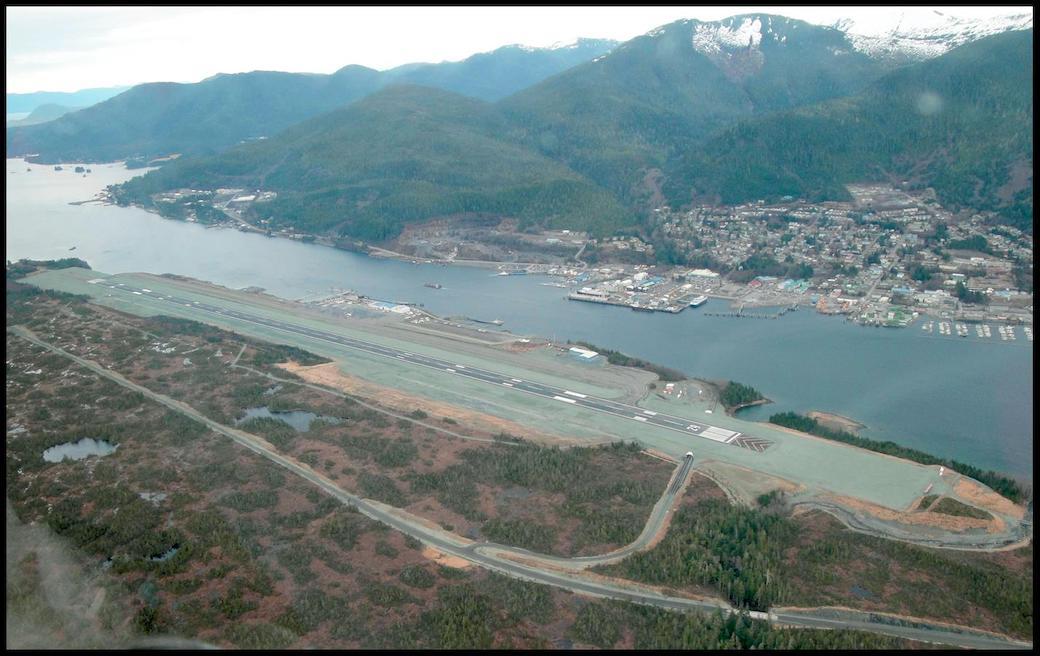
Seven air tour aircraft crashes in and around Ketchikan, Alaska, killing 31 people and seriously injuring 13, highlight the need to address flight safety hazards specific to air tour operations there, the National Transportation Safety Board (NTSB) says.
The NTSB is calling on the FAA to issue special regulations to address safety hazards to require more conservative flight minimums and enhanced weather training for air tour pilots flying in the area. It is a popular Alaska destination.
Ketchikan, located in the southernmost region of Alaska and known as the Rain Capital of Alaska, is surrounded by the Tongass National Forest and marked by steep, forested terrain. A half-mile-wide channel called Tongass Narrows separates Ketchikan from Gravina Island, where Ketchikan International Airport is located. Flight hazards include rapidly changing weather along with mountainous terrain, the NTSB says. Both have been factors in the fatal crashes.
“There have been too many air tour tragedies in Ketchikan, a place with unique—but well-understood—safety hazards that endanger the lives of pilots and passengers alike,” says NTSB Chair Jennifer Homendy. “Unless the FAA acts swiftly, experience tells us to expect even more heartbreak and preventable loss of life.”
The NTSB recommendations follow a review of fatal air tour crashes from 2007 to the most recent in August 2021, in which the pilot and all five passengers died. In reviewing the crashes, the NTSB reevaluated the effectiveness of 13 safety recommendations issued to the FAA between 2008 and 2017 aimed at improving safety in the area.

Comments